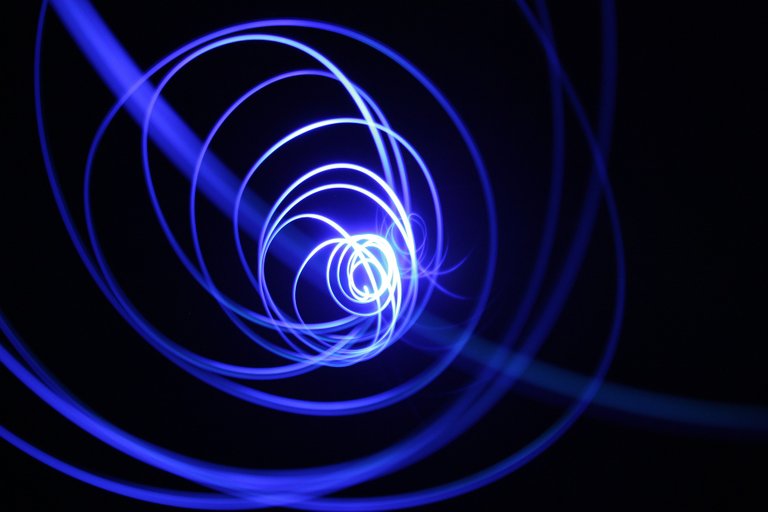Ultraviolet Disinfection- A Growing Technology Field

Pixabay
UV-disinfection became popular during the COVID-19 pandemic, and the industry is growing steadily as a result. The industry is projected to grow to almost $8 billion by 2026, and the underlying technology is tried and true with many applications proved during the pandemic. Recent studies have identified a safe range of operation for UV-light disinfection that is safe for people and effective against pathogens in the air and on surfaces. UV-disinfection is an emerging safe, clean and effective means for sterilizing surfaces of dangerous pathogens.
UV-technology is used to destroy the DNA of microorganisms, and it was found that COVID-19 is especially vulnerable to UV-light energy, as its spike protein is disrupted during exposure. Sunlight works in a similar fashion, and the UV-C of the engineered light systems disrupts incoming pathogens. These UV-lights can be added to HVAC system, used as portable and handheld units or as water and surface decontaminators. The technology itself uses no chemicals, and could theoretically be powered by green-energy sources including solar and nuclear energy.
UV-decontamination and sterilization has been used in laboratories for years, and is effective. Those who use these systems perform the work in enclosures with interlocks or must rely upon glasses as protection. New UV-decontamination systems operate at 230 nanometers, which does cannot enter living skin, and is rather absorbed in the dead-skin layer. This system can be used when people are in the area, as it is safe to work around. A person could be exposed to 230 nanometers UV-light for almost 90-minutes, and standard disinfection of a surface that is effective to kill pathogens is 20-seconds. This technology is effective, safe and can be used without chemical waste.
UV-disinfection is projected to be most utilized in Asia, and the biggest growth market is hospitals. The applications for these UV-disinfection units is particularly wide ranging, and can encompass HVAC units, building AHU, restaurants and virtually any office or work environment. The 230 nanometer UV-decontamination units can safely be used to spot-decontaminate areas in real time, as long as the absorbed dose remains within range of health regulations. UV can even be used to treat water, and the savings on chemicals can be a motivating factor for adoption.
The UV-decontamination industry is set to flourish, and there are large companies taking the lead. Xylem, Trojan, Xenex and Siemens among others are focusing in on commercializing this technology. Applications of note include decontamination of facilities, water, HVAC and surfaces. This is a rapidly growing industry and one with a lot of support. This is an industry to watch.
Posted on Hive, Blurt and Steemit
Congratulations @truth2! You have completed the following achievement on the Hive blockchain and have been rewarded with new badge(s):
Your next target is to reach 4750 upvotes.
You can view your badges on your board and compare yourself to others in the Ranking
If you no longer want to receive notifications, reply to this comment with the word
STOPCheck out the last post from @hivebuzz:
Support the HiveBuzz project. Vote for our proposal!
It is not new. People have been using UV disinfection for well over a centure. Wikipedia notes that Arthur Downes and Thomas P. Blunt published a paper on using short wave length light to kill bacteria.
Niels Finsen received a Nobel prize in 1903 for using UV light to treat tuberculosis luposa. Marseille was using UV to disinfect water in 1910.
Hotels often use UV light to disinfect bathrooms.
I suspect that there are LEDs designed to emit UV rays.
The thing that surprised me is that I have seen little from the health department about UV rays. Sunlight breaks up COVID19. One would expect UV to do the same.
Our health officials were slow in talking about vitamin D and COVID. They banned the use of steroids to help people suffering for cytokine storms.
UV technology is over a century old. It is weird that we have not seen a great deal of info on how UV light could help in the fight against COVID.
!hivebits
Success! You mined .9 HBIT & the user you replied to received .1 HBIT on your behalf. mine | wallet | market | tools | discord | community | <>< daily
that is very true it's not new I actually work in the healthcare field and we've been using UV for quite some time it's the UVC and the 220 nanometer versions that are really cool and I agree it's going to make a big splash. I would recommend looking into investing into xylem and other companies that are going to be making this technology a reality.
There were some extremely interesting LED based UV2 products on the market before COVID19.
There is a huge number of companies in the LED space. Since the technology is well known, I suspect that it will be difficult for any company to get a patent.
It still baffles me that there was not a large number of companies hitting the floor with UVC disinfectant products.
I looked at the Xylem Web Site. It looks like their main focus is on water treatment. My local store has a water dispenser that includes an UVC light which is a fun addition.
Absolutely. Some company will take advantage of this opportunity.